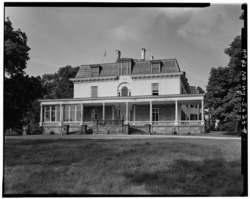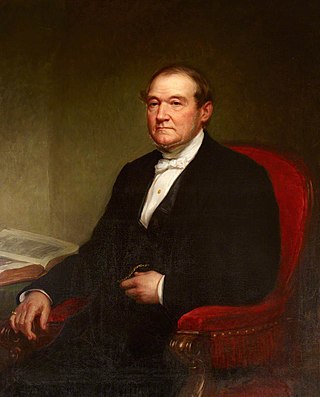
William Backhouse Astor Sr. was an American business magnate who inherited most of his father John Jacob Astor's fortune. He worked as a partner in his father's successful export business. His massive investment in Manhattan real estate enabled major donations to the Astor Library in the East Village, which became the New York Public Library.

John Armstrong Jr. was an American soldier, diplomat and statesman who was a delegate to the Continental Congress, U.S. Senator from New York, and United States Secretary of War under President James Madison. A member of the Democratic-Republican Party, Armstrong was United States Minister to France from 1804 to 1810.
The Astor family achieved prominence in business, society, and politics in the United States and the United Kingdom during the 19th and 20th centuries. With Italian German ancestral roots in the Italian and Swiss Alps, the Astors settled in Germany, first appearing in North America in the 18th century with John Jacob Astor, one of the wealthiest people in history.
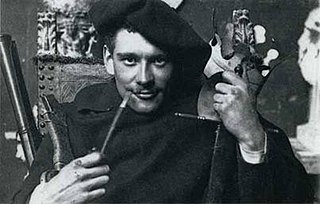
Robert Winthrop Chanler was an American artist and member of the Astor and Dudley–Winthrop families. A designer and muralist, Chanler received much of his art training in France at the École des Beaux-Arts, and there his most famous work, titled Giraffes, was completed in 1905 and later purchased by the French government. Robert D. Coe, who studied with him, described Chanler as being "eccentric and almost bizarre." Chanler rose to prominence as an acclaimed American artist when his work was exhibited in the 1913 Armory Show in New York City.
Poets' Walk is located in Red Hook, New York, United States on the River Road. It is intended to celebrate the connection between landscape and poetry. The classic wooden vistas, sunlit fields and thick forest were the main focus of landscape architect Hans Jacob Ehlers' vision for the property in 1849.

Lewis Stuyvesant Chanler was an American lawyer and politician who served as Lieutenant Governor of New York from 1907 to 1908.
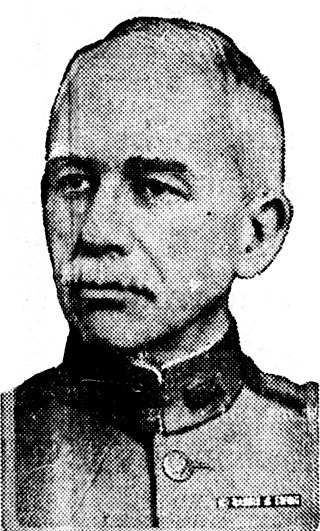
Richard Aldrich was an American music critic. From 1902–23, he was music critic for The New York Times.
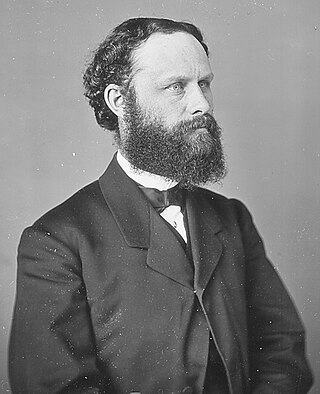
John Winthrop Chanler was a prominent New York lawyer and a U.S. Representative from New York. He was a member of the Dudley–Winthrop family and married Margaret Astor Ward, a member of the Astor family.
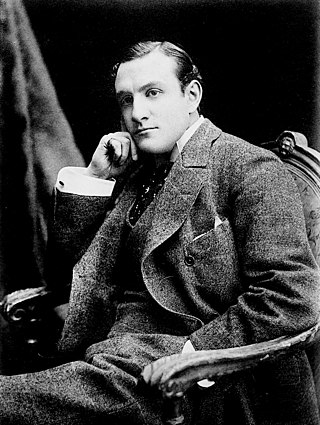
William Astor "Willie" Chanler was an American soldier, explorer, and politician who served as U.S. Representative from New York. He was a son of John Winthrop Chanler. After spending several years exploring East Africa, he embarked on a brief political career. Chanler regarded it as an American obligation to be on the side of the people who fought for their independence, and during his life he participated in rebellions and independence struggles in Cuba, Libya, and Somalia. He provided support for insurgents in Venezuela, Turkey, and China. He maintained an active lifestyle even after losing his right leg in 1915. Late in life, he became a novelist and an outspoken antisemite.

The Hudson River Historic District, also known as Hudson River Heritage Historic District, is the largest Federally designated district on the mainland of the contiguous United States. It covers an area of 22,205 acres extending inland roughly a mile (1.6 km) from the east bank of the Hudson River between Staatsburg and Germantown in Dutchess and Columbia counties in the U.S. state of New York. This area includes the riverfront sections of the towns of Clermont, Red Hook, Rhinebeck and part of Hyde Park. This strip includes in their entirety the hamlets of Annandale, Barrytown, Rhinecliff and the village of Tivoli. Bard College and two protected areas, Margaret Lewis Norrie State Park and Tivoli Bays Unique Area, are also within the district.
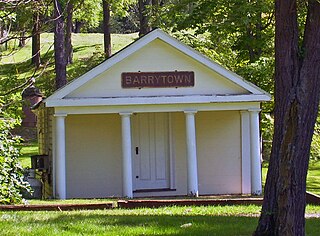
Barrytown is a hamlet within the town of Red Hook in Dutchess County, New York, United States. It is within the Hudson River Historic District, a National Historic Landmark, and contains four notable Hudson River Valley estates: Edgewater, Massena, Rokeby, and Sylvania.
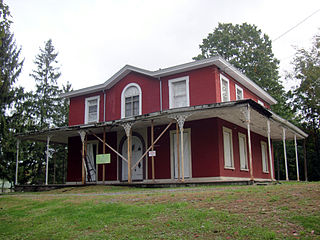
St. Margaret's Home, also known as Mrs. Astor's Orphan Asylum, is a historic Episcopal orphanage located at 7260 South Broadway in Red Hook, Dutchess County, New York. It was built in 1852, and is a two-story, Italian Villa style brick building with brownstone trim. It features a front porch with fluted cast iron columns, French windows, and round arched center double entrance. Its construction and operation until 1872 was supported by Margaret Rebecca Armstrong Astor (1800-1872), wife of William Backhouse Astor, Sr. (1792-1875) From 1872 to 1875, its patron was Margaret Astor Ward Chanler, wife of John Winthrop Chanler (1826-1877), after which Congressman Chanler until his death in 1877 and afterwards the Chanler Estate. The orphanage closed in 1932.

John "Archie" Armstrong Chaloner was an American writer and activist, known for his catch phrase "Who's looney now?".

Elizabeth Astor Winthrop Chanler Chapman was an American heiress and socialite during the Gilded Age.

Margaret Livingston Chanler Aldrich also known as Angel of Puerto Rico was an American philanthropist, poet, nurse, and woman's suffrage advocate and prominent member of the Astor family. She was primarily known to be the owner of Rokeby in Barrytown, New York which she purchased from her siblings. Aldrich was a daughter of John Winthrop Chanler and wife of Richard Aldrich.

Winthrop Astor Chanler was an American sportsman and soldier who fought in the Spanish–American War and World War I.

Warren Delano IV was an American horseman and coal tycoon.
Franklin Hughes Delano was an American merchant, diplomat and society man.
Ferncliff Farm was an estate established in the mid 19th century by William Backhouse Astor Jr. (1829–1892) in Rhinebeck, New York. Not far from his mother's estate of Rokeby, where he had spent summers, Ferncliff was a working farm with dairy and poultry operations, as well as stables where he bred horses. In 1902, his son and heir John Jacob Astor IV commissioned Stanford White to design a large sports pavilion, which included one of the first indoor pools in the United States. The sports pavilion was later converted into a residence for his son, Vincent Astor.
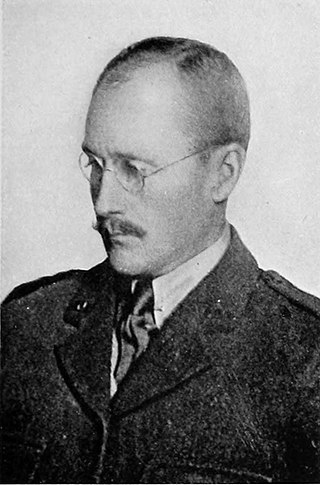
Christopher Temple Emmet was an American attorney and sportsman.
